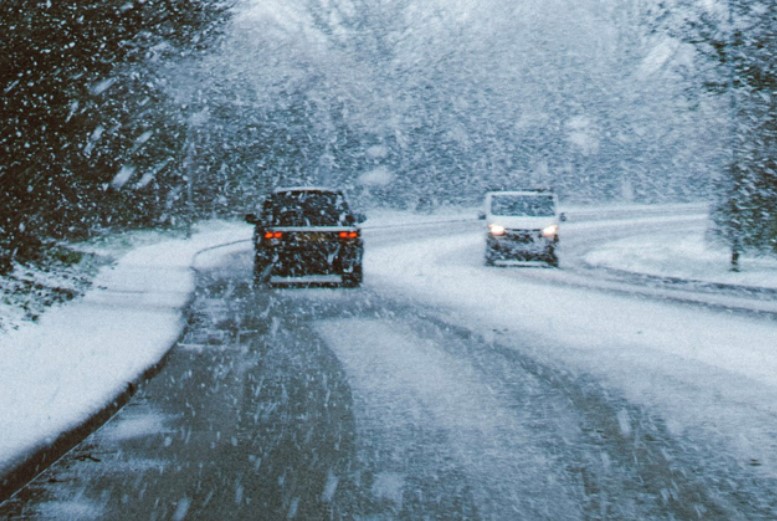By Mark Kozemko, Johnson College’s Automotive Technology Program Director
Original published in the October 23, 2020 edition of the Valley Advantage.
You know winter is fast approaching when leaves start hitting the ground and temperatures drop, like they are now.
Most households have a winterization processes in place. They can include rearranging the closet, so winter clothes are out front, removing air conditioners from windows and preparing the furnace for winter operation.
While you’re working on winterizing your home, you also need to have a plan for your vehicles. This brings us to a few questions I received about how to winterize a vehicle to ensure it runs smoothly through the coldest months of the year.
The first question is, “What steps in the winterization process are priorities and which aren’t?”
All the steps below in your vehicle winterization process are priorities, but they don’t have to be completed in the specific order they’re listed.
Priority No. 1 is your battery. There’s nothing worse than getting in your cold vehicle, turning the key and hearing a clicking noise — or maybe nothing at all.
A battery will not always give you a warning before it fails. They can fail at any time, but cold weather really affects a weak battery. Have your battery tested to determine the current condition, so you know if your battery needs to be replaced so you don’t experience that no-start moment.
Priority No. 2 is the depth of your tires’ treads. There needs to be enough tread to keep the tire safe through the season. The more tread, the better. If you’re someone who uses winter tires, now is the time to swap out the summer tires for winter ones. Remember, if you install studded winter tires, they cannot be installed on your vehicle until Nov. 1, and must be removed by April 15.
With all or most vehicles being equipped with tire pressure monitor systems, it is very important to check and adjust the tire pressure. In cold weather, tire pressure is lower than it would be in warmer weather. This lower pressure, if not corrected, may trigger the tire pressure warning light to illuminate on your dashboard. If it does, check your pressure immediately and add air where needed.
Something very few people think of is the spare tire. If your vehicle comes with a spare, make sure it’s inflated to the proper air pressure.
Priority No. 3 is a coolant freeze protection check. During the check, a sample of your vehicle’s coolant is tested for the concentration of ethylene-glycol in the coolant mixture. This means the percentage of water compared to the percentage of anti-freeze in the mixture. An acceptable mixture for our northeast region is 50/50. This mixture gives the coolant a freeze protection of approximately -34⁰F. If your coolant isn’t protected correctly, it can ice up and cause catastrophic damage to your engine.
Priority No. 4 is checking and monitoring your vehicle’s other fluids through the winter months. The windshield washer reservoir should be filled with a solvent specially made with a lower freeze point than plain water, much like coolant.
Priority No. 5 is the condition of your wiper blades. If your blades aren’t in good condition, they will not be able to properly clear ice and snow from your windshield. As you know, if your windshield isn’t cleared, your vision will be obstructed and the possibility of an accident increases.
Priority No. 6 is preparing a small survival kit to put in your trunk just in case you break down. This kit should include items such as gloves, socks, a blanket or another winter coat, and anything else you might need while you wait for assistance to arrive. No matter when you use your car, always make sure your cell phone is fully charged or close to it. You don’t want to break down in the dead of winter with a cell phone that doesn’t work.
“What steps in the winterization process can be done by an owner and which ones must be completed by a technician?” is our second question.
The battery and coolant freeze point checks should be performed by a qualified technician. The other checks and inspections in our winterization process above can also be completed by a technician, but you can easily do them over a weekend. Equipment, tools and, of course, replacement parts needed for your vehicle winterization project are more than likely available at your local parts store.
However you decide to winterize your vehicle, make sure you do it. This process will help you avoid any major automotive issues during the long, cold winter months.
The next Headlights to Taillights column will be published in the November 27, 2020 edition of the Valley Advantage.

